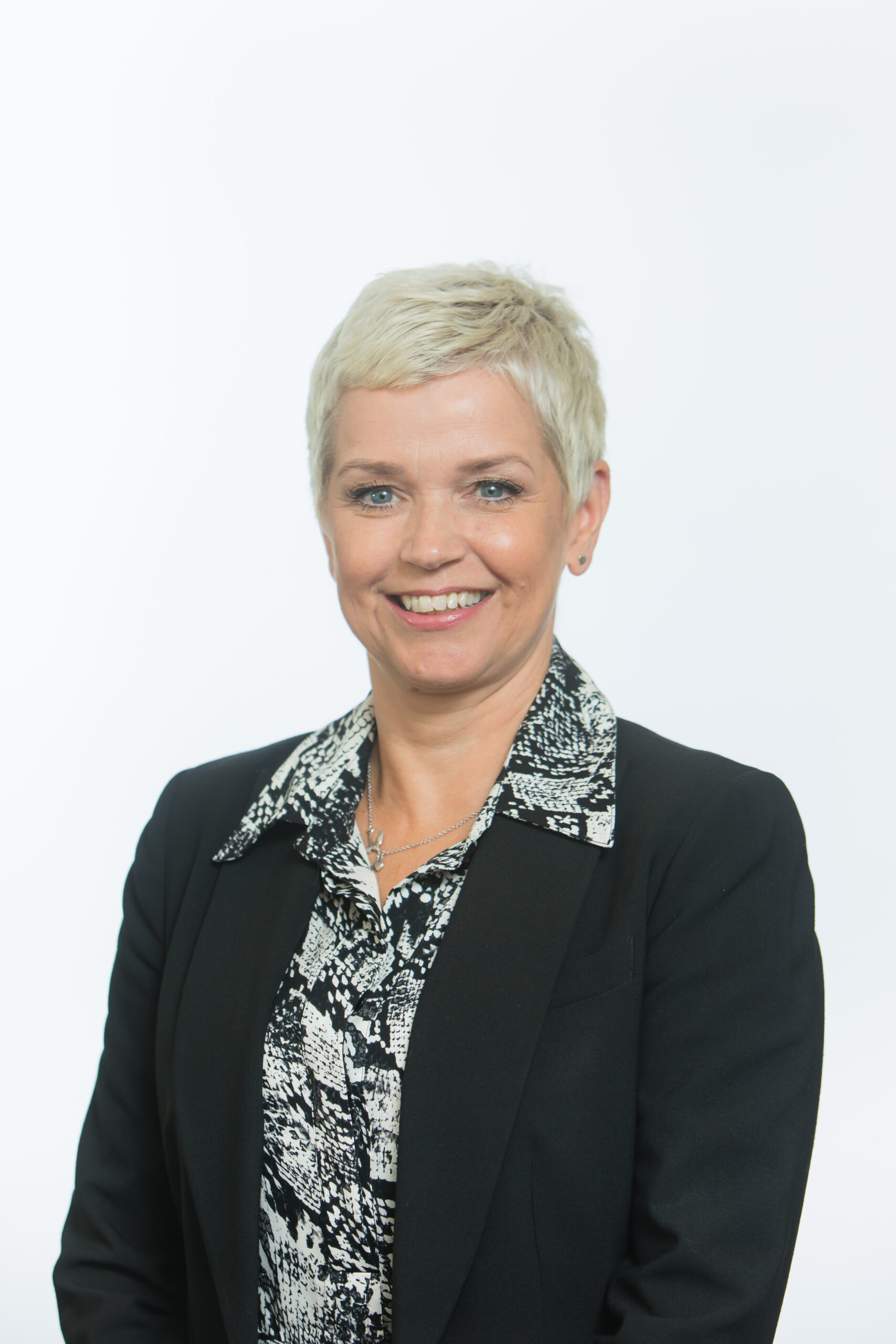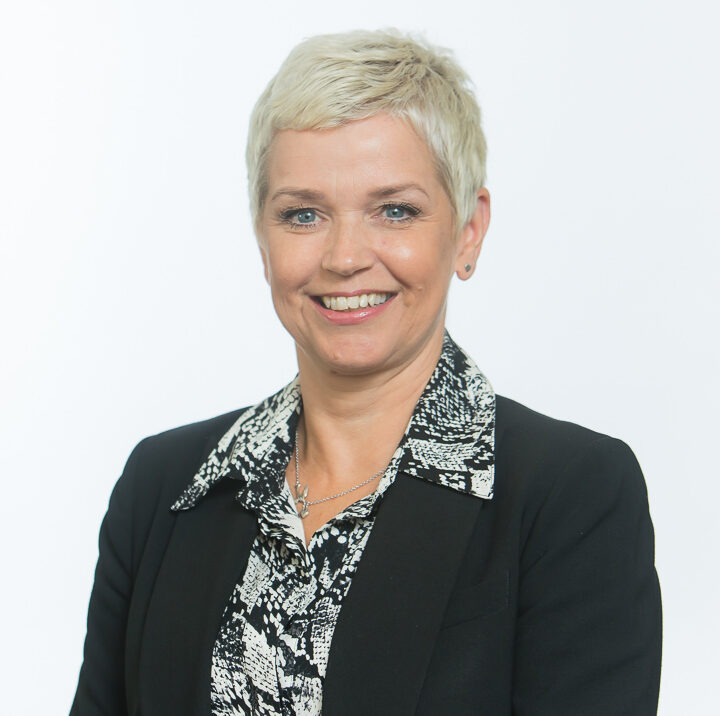

Introduction To Registered Designs
Protection is granted on the basis of purely visual representations of the design in question. It can be an important protection for certain articles which, for example, may not be capable of patent protection.
To be registered, a design must be new, have individual character and be visible to the eye during normal use of the design. UK and EU registered design applications are not examined to check if they are new and have individual character, however other countries do examine applications to see if they meet these criteria. Novelty and individual character are usually challenged if a registered design is enforced.
If you would like to discuss the suitability of your design or file an application to register your design then please contact one of our qualified attorneys.
Design Services
Applying for Design Protection
Our attorneys can conduct in-house preliminary searches and will prepare and file your registered design applications in a suitable format for any country in the world. If you would like to apply for registered design protection, then please contact our team today to get started.
Design Maintenance
Our experienced in-house records department can monitor and manage the payment of your registered design renewal fees. We will provide reminders relating to the deadlines for renewal payments and can make payments of the renewal fees on receipt of your instructions.
Design Searching
Our attorneys can conduct preliminary in-house searches in respect of the UK and European Design Registers. We can also request searches to be undertaken by the UK Design Registry, by dedicated search organisations or via our network of overseas associates.
Worldwide Design Protection
We are able to facilitate the filing, prosecution and maintenance of registered designs and registered design applications in most countries in the world due to our extensive network of overseas associates. Our attorneys can advise you of the filing requirements for any country of interest to you.
Design FAQs
We’ve compiled a list of our most popular Design FAQs. We hope you find these useful. If you have any further questions, please don’t hesitate to get in touch and we’ll do our best to help.A registered design protects the aesthetic appearance of a whole or part of a novel design, including novel features of shape and configuration of an article and/or pattern and ornamentation applied to an article, providing these features are visible to the eye during normal use of the article. Other features which can be protected include novel arrangements of lines, contours, shapes, textures, packaging, get-up, graphical symbols and typefaces.
The owner of a registered design has the sole right in a country in which the design is registered to make, sell, import for sale, dire or use in business the design or articles incorporating the design.
A registered design protects the aesthetic appearance of a whole or part of a novel article. Novel features of shape and configuration of an article and/or pattern and ornamentation applied to an article can be protected.
A registered design in the UK lasts for up to 25 years from the date of filing the registered design application. Renewal fees are payable for the design registration every 5 years of the registered design term.
In order to register a design, an application needs to be filed at the Designs Registry in the country in which you wish to obtain registered design protection. The application must include a number of representations of the article or design for which protection is desired. These representations may be in the form of photographs or drawings and should include different views of the article or design, sufficient to show all aspects of the article or design.
In most cases the application will proceed to registration without objection but some modifications to the application may be considered necessary to comply with formal requirements of the Designs Registry.
It typically takes approximately three months to obtain design registration in the UK but it can take 1-2 years in some countries. Once the Design Registry considers the design application is acceptable for registration, they will typically issue a certificate of registration.
If you require design registration in one or more foreign countries, this can be done in two ways:
- Filing separate registered design applications in each country in which registered design protection is desired;
- File a European Community Design Application covering all the European Union countries.
Once a first design application for a particular design has been filed, the novelty of the design will not be destroyed in other countries for which design protection is desired, providing the one or more foreign design applications are filed within six months from the first registered design application date, often called the “priority” period.
It is relatively inexpensive to obtain registered design protection and protection can be obtained for as little as £300-£500 per design application in the UK. Registered Design protection in the EU can be obtained for around £1,500-£2,000 per design application.
Unregistered design rights subsist automatically in any novel aspects of shape and configuration of a whole or part of a design once the design has been recorded in some permanent form or an article has been made to the design.
Unregistered design does not subsist in the following:
- A method or principle of construction of an article;
- Three dimensional features which allow the article to be placed in or around another article;
- Three dimensional features of an article which are dependent on the appearance of another article to which it is intended to form an integral part; and
- Surface decoration.
Unregistered design right is a unique type of right that subsists in the UK and the European Union only.
In the UK, unregistered design right lasts for 15 years from the end of the calendar year in which the design was first recorded or, if an article made to the design is made available for sale within the first five years of this term, unregistered design lasts for 10 years from the end of the calendar year in which this occurred.
In the European Union, unregistered design lasts for three years from the date of first public disclosure of the design within the European Union.
In order to demonstrate that unregistered design right protection subsists in your design or article, you need to keep dated drawings and/or photographs of the design or article and any modifications made to the design or article, in such a form that they can be used to provide evidence of unregistered design right at some point in the future.
Meet Our Design Experts

Alex is a fully qualified UK and European Patent Attorney and a Patent Attorney Litigator. She is a Fellow of The Chartered Institute of Patent Attorneys and is a registered professional representative at the European Patent Office and the Unified Patents Court.
Alex joined Bailey Walsh & Co LLP in 1998 and became a partner of the Firm in 2005. She holds a BA in Natural Sciences and a PhD in Medical Physiology & Biochemical Pathways, both from Cambridge University. Alex has been awarded a number of academic prizes for achievement both at University and in her professional career.
Alex has an excellent grounding in a wide range of scientific disciplines including biochemistry, chemistry, physiology, pharmacology, pathology, genetics, microbiology and cell biology. Although Alex’s academic background has been largely in the field of biotechnology and life sciences, she has gained substantial experience in the technical fields of electrical and mechanical engineering, as well as telecommunications, having drafted and prosecuted patent applications in these sectors for over 25 years. Alex advises on patent, design, trade mark and copyright issues.
Alex has a depth of experience in representing clients at Opposition proceedings at the European Patent Office, and also at the UK Intellectual Property Office (UK IPO). Alex works closely with lawyers in the UK and abroad in both the enforcement and defence of our clients’ patent rights.


Alexandra Tomkinson

David is a fully qualified UK and European Patent Attorney, as well as a fully qualified UK Trade Mark Attorney and Patent Attorney Litigator. He is a fellow of The Chartered Institute of Patent Attorneys, a Member of The Chartered Institute of Trade Mark Attorneys and is a registered representative at the European Patent Office and the Unified Patents Court.
David entered the profession in 2009, joined Bailey Walsh & Co LLP in early 2012, and became a partner of the firm in January 2020. David holds an MChem (Hons.) degree in Chemistry from Durham University where he gained a very good understanding of all areas of Chemistry. Prior to entering the IP profession, David gained industrial experience in the pharmaceuticals sector working for one of the world’s leading drug development companies. While studying at university, David also gained further academic experience in particle science and engineering working each summer with PhD groups in the engineering department of Leeds University.
David’s patent work covers a broad range of technologies, with a focus predominantly on mechanical and engineering patent matters, drafting patent applications and prosecuting them through to grant, advising and aiding clients with their international filing strategies, and representing clients in opposition and appeal proceedings at the European Patent Office. David’s trade mark qualifications complement his patent work and enable him to provide “full picture” advice to his clients.


David Corbyn

Graham is a fully qualified UK and European Patent Attorney and a Patent Attorney Litigator. He is a Fellow of The Chartered Institute of Patent Attorneys and is a registered representative at the European Patent Office and the Unified Patents Court.
Graham joined Bailey Walsh & Co LLP in 1990 and became a partner of the Firm in 1997. He holds a Masters of Engineering degree from The University of Strathclyde.
Having gained experience in all Intellectual Property matters, Graham deals with patents and provides detailed advice in this field. His work ranges from the prosecution of new patent applications to the provision of specific advice for prosecution strategies in the UK, Europe and across the world, having had extensive experience of patent procedures in the European, United States, Japan, China, Eurasian, and African Regional and International Patent Systems.
Graham represents many clients at Opposition and Appeal Proceedings at the European Patent Office and works closely with lawyers in the UK and abroad in both the enforcement and defence of patents. He is also extensively involved in advising on patent licensing issues, the assessment of the value of third party patent portfolios and the development of strategies to allow clients to generate patent portfolios to develop income streams is also an important area of his expertise.


Graham Wood

Michelle is a fully qualified UK and European Trade Mark Attorney, as well as a fully qualified Trade Mark Formalities Officer. She is also a Member of The Chartered Institute of Trade Mark Attorneys.
Michelle has worked for Bailey Walsh & Co LLP for over 34 years and has gained extensive experience in the filing and prosecution of trade marks, and the management and prosecution of trade marks in UK, Europe, China, USA the Middle East and Far East. Michelle has in depth knowledge of trade mark filing strategies around the world. She is also responsible for the management of the trade mark portfolios for some of our largest clients. Michelle has expertise in the filing of defensive trade mark registrations in China to provide greater protection and strength in dealing with Customs Officials and the exporting of goods from China.


Michelle Kellett

